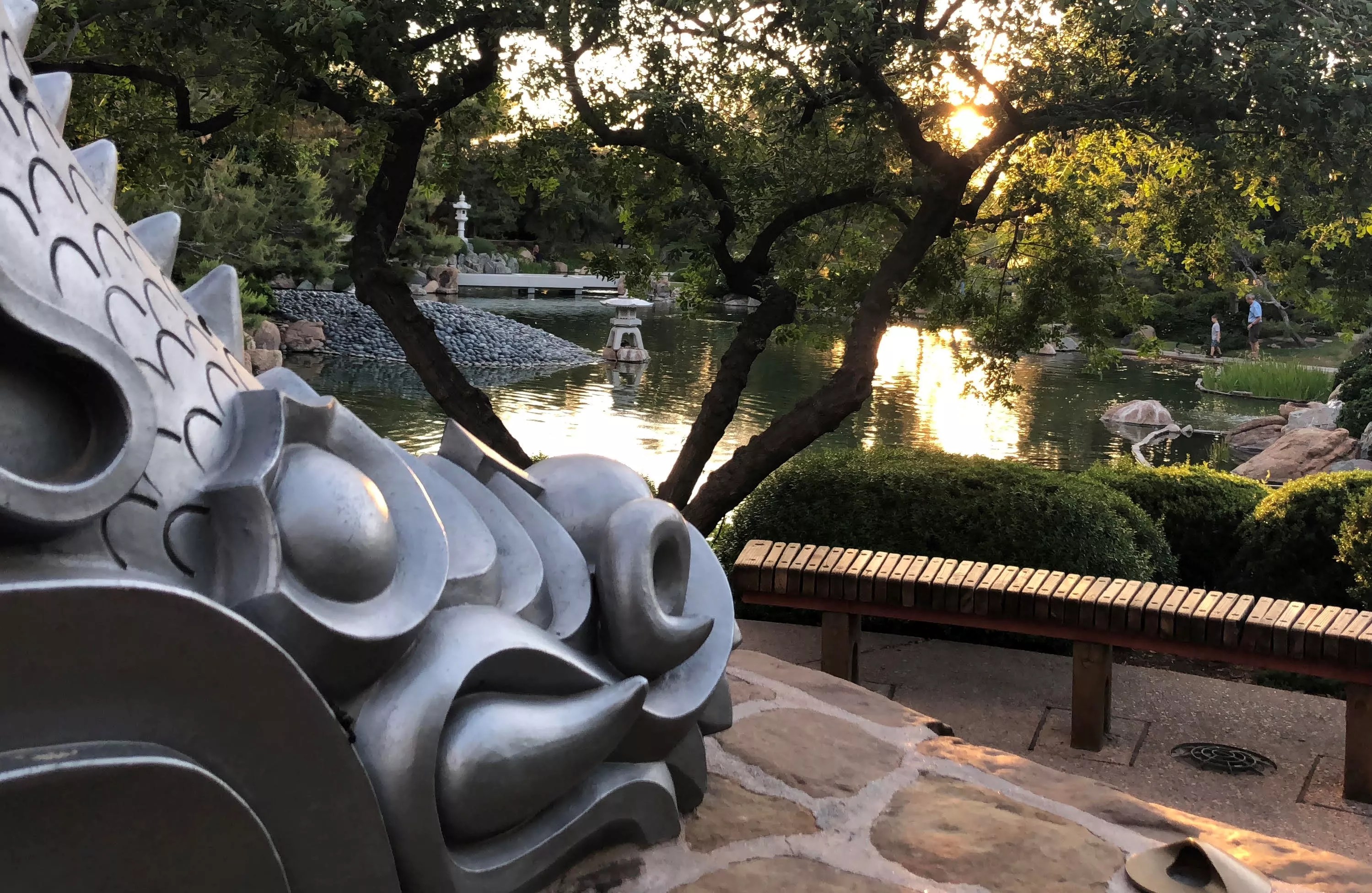
Jennifer Goldberg

Audio By Carbonatix
Not that we took a poll, but springtime is the best time to be a Phoenician. Everything roars to life, colorful flora abounds, and you couldn’t escape the smell of orange blossoms if you tried.
There are more than a few places to check out what thrives in the Sonoran Desert. In case a walk through your neighborhood isn’t enough, here are 10 public gardens and native landscapes you can explore in metro Phoenix.
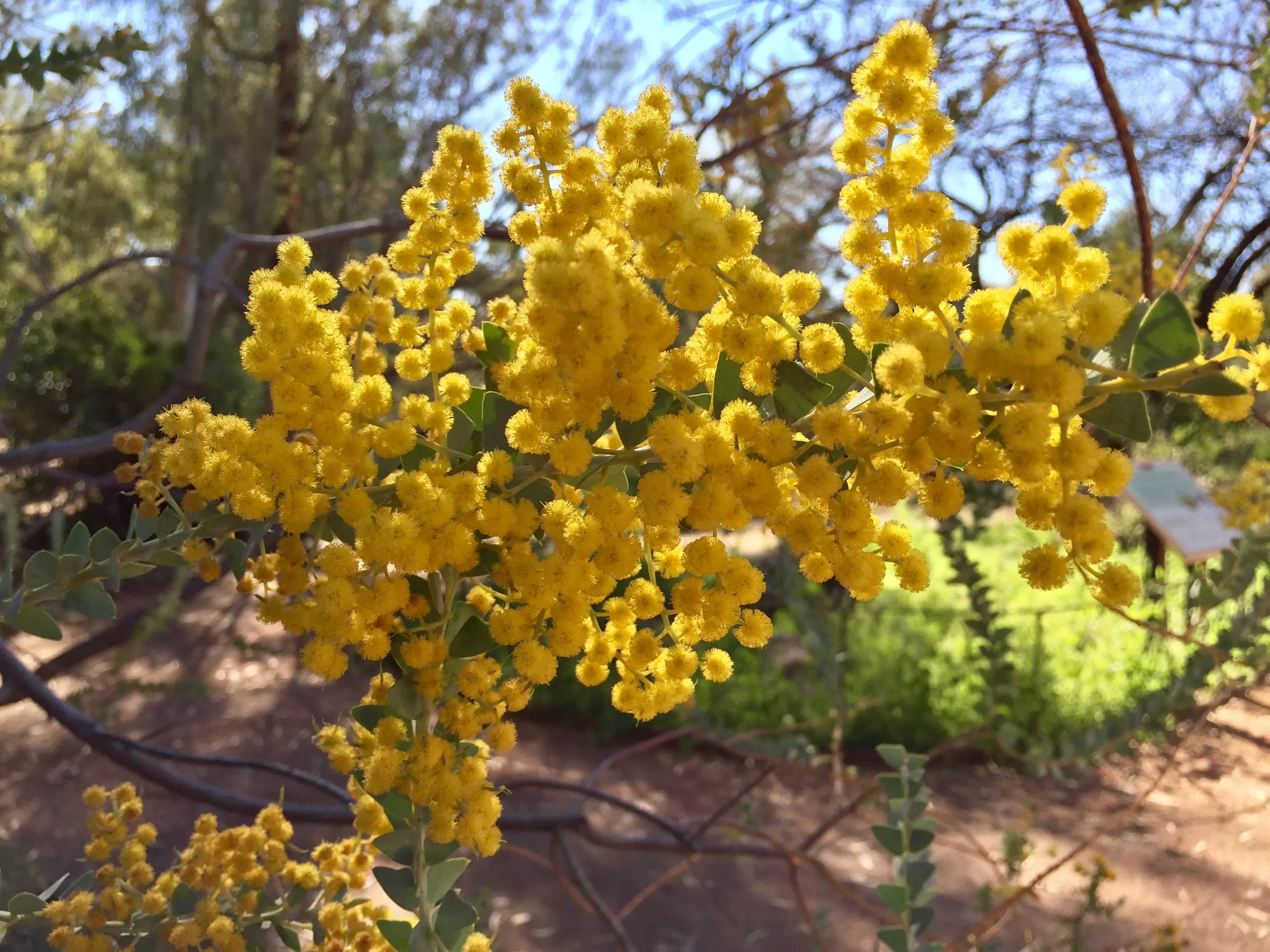
The Boyce Thompson Arboretum State Park is the largest and oldest botanical garden in Arizona.
Lauren Cusimano
Boyce Thompson Arboretum
37615 East Arboretum Way, Superior
520-689-2723
This Sonoran Desert oasis spans 323 acres and dates back to the 1920s, making Boyce Thompson Arboretum the largest and oldest botanical garden in Arizona. And it’s not hard to believe once you’re inside, as the 1.5-mile Main Trail takes visitors through the Cactus Garden, the Demo Garden, a greenhouse, an Australian exhibit, the Legume Garden, and the Wallace Desert Garden. The 13-acre arboretum addition is a collection of roughly 6,000 plants moved from H.B. Wallace’s private garden in north Scottsdale. There’s also a visitor center and gift shop, guided bird and wildflower tours, and an annual plant sale. It’s definitely worth a visit in the spring, and don’t forget your camera. Arboretum hours are 8 a.m. to 5 p.m. from October through April and 6 a.m. to 3 p.m. from May through September.
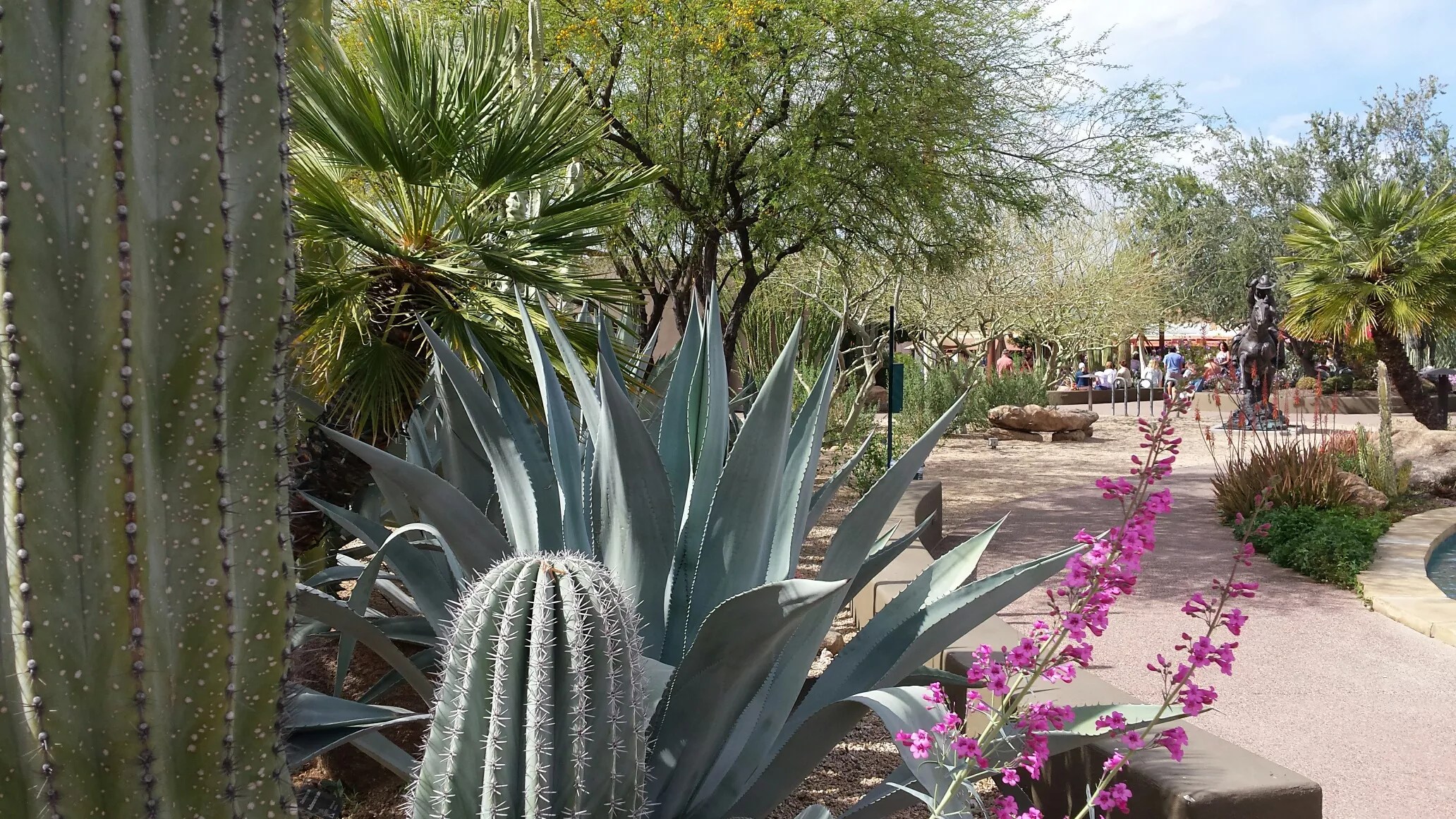
Indulge in a self-guided walking tour at the four-acre Carefree Desert Gardens.
Town of Carefree
Carefree Desert Gardens
101 Easy Street, Carefree
480-488-3686
The four-acre Carefree Desert Gardens is ideal for a self-guided walking tour – complete with a plant identification checklist. There are desert plant specimens, a meditation area, and a number of things to see along the way. One major sight is the Carefree Sundial landmark. Constructed in 1959 and standing at 35 feet tall, it measures 90 feet in diameter, and extends 72 feet in the air to mark the North Star by night. Events include the Enchanted Pumpkin Garden and Christmas in Carefree, the Little Free Library Book Exchange, and concerts at the Sanderson Lincoln Pavilion. Entry hours are 24/7, and admission is free.
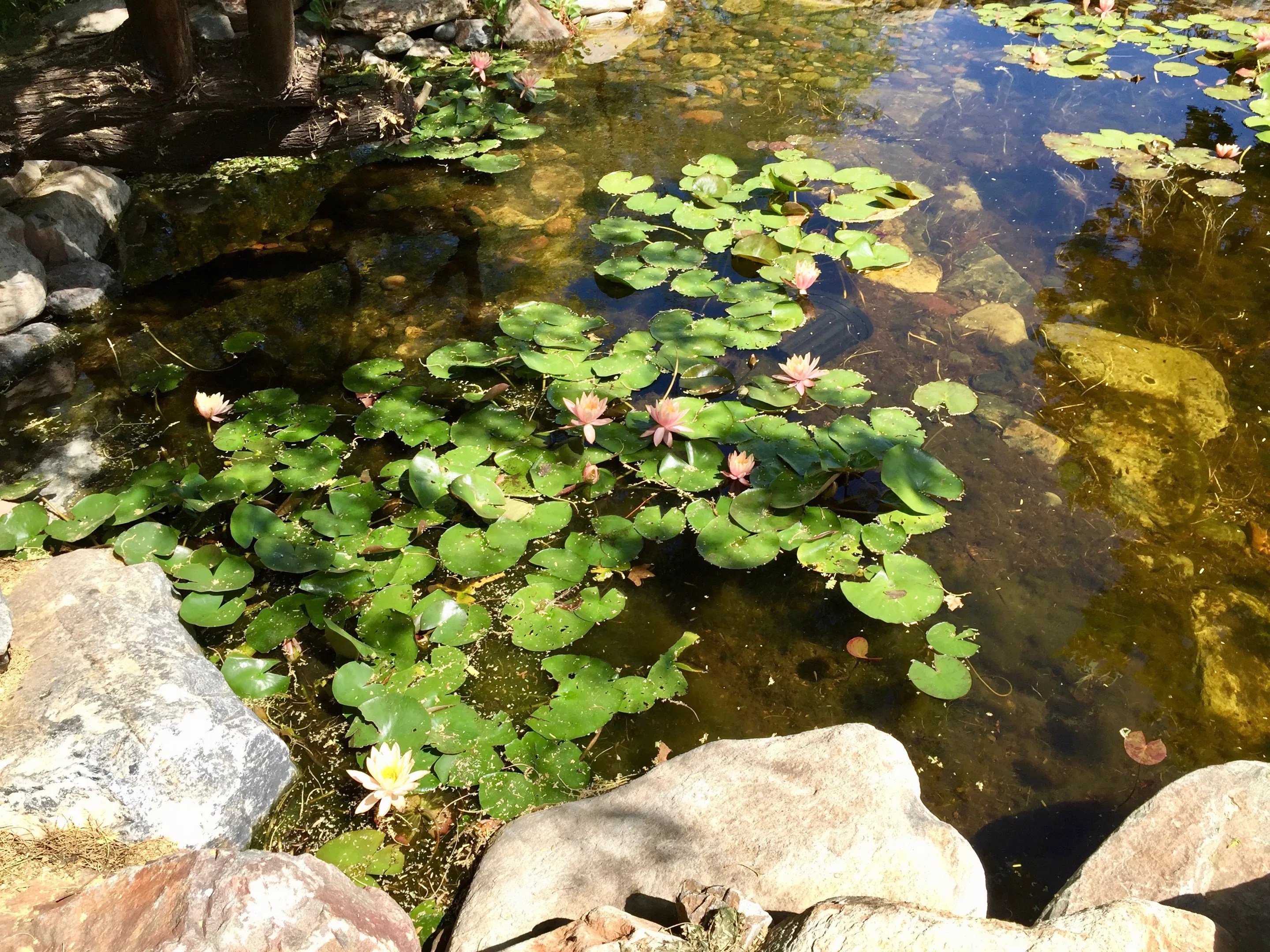
One of the many scenic sights at Scottsdale Community College.
Lauren Cusimano
Center for Native and Urban Wildlife
9000 East Chaparral Road, Scottsdale
480-423-6000
The Center for Native and Urban Wildlife‘s demonstration gardens are located on campus at Scottsdale Community College. The gardens have been named “certified wildlife habitats” by the National Wildlife Federation, and they’re all over SCC. The largest part of the gardens is the Mesquite Forest – a.k.a. the Bosque – which has over 70 trees including mesquite, blue palo verde, little-leaf palo verde, and ironwood. There are also 80 other native trees and shrubs around campus. The CNUW also features an outdoor plant propagation yard, a new greenhouse, and a new vivarium for desert tortoises. CNUW is free and open to the public.
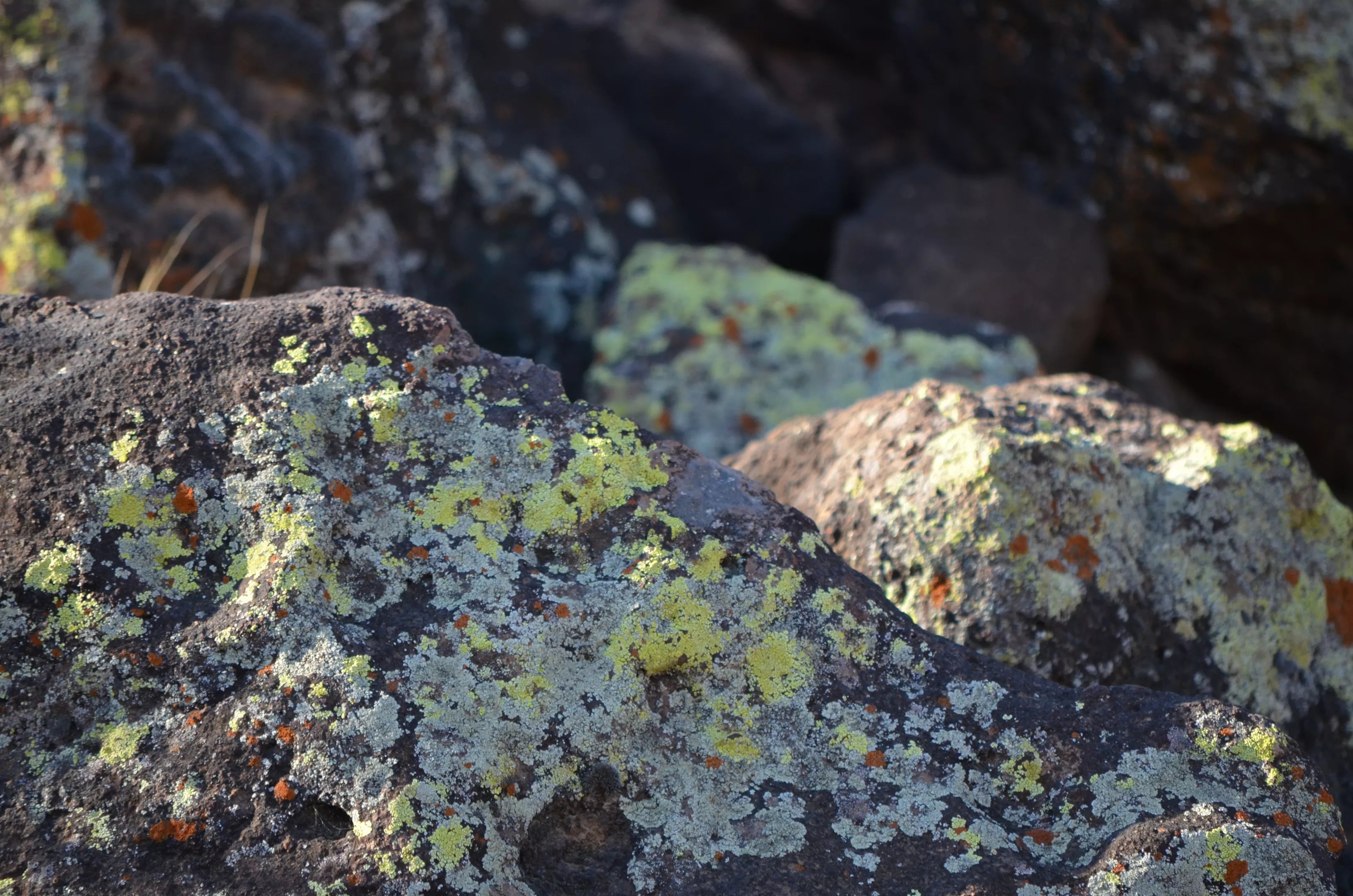
If you’re likin’ this lichen, Deer Valley Petroglyph Preserve is your kind of place.
Jacob Sahertian
Deer Valley Petroglyph Preserve
3711 West Deer Valley Road
623-582-8007
Part of the Center for Archaeology and Society at Arizona State University, the Deer Valley Petroglyph Preserve encompasses 47 acres in the North Valley. The preserve is home to the biggest concentration of Native American petroglyphs, more than 200 native plant species, and wildlife like javelina, bobcats, coyotes, and rattlesnakes. Programming includes the Archaeology Festival, sunset tours, docent-led tours, and Life in the Desert. Admission is $9, and the preserve is open from 8 a.m. to noon Wednesday through Friday.
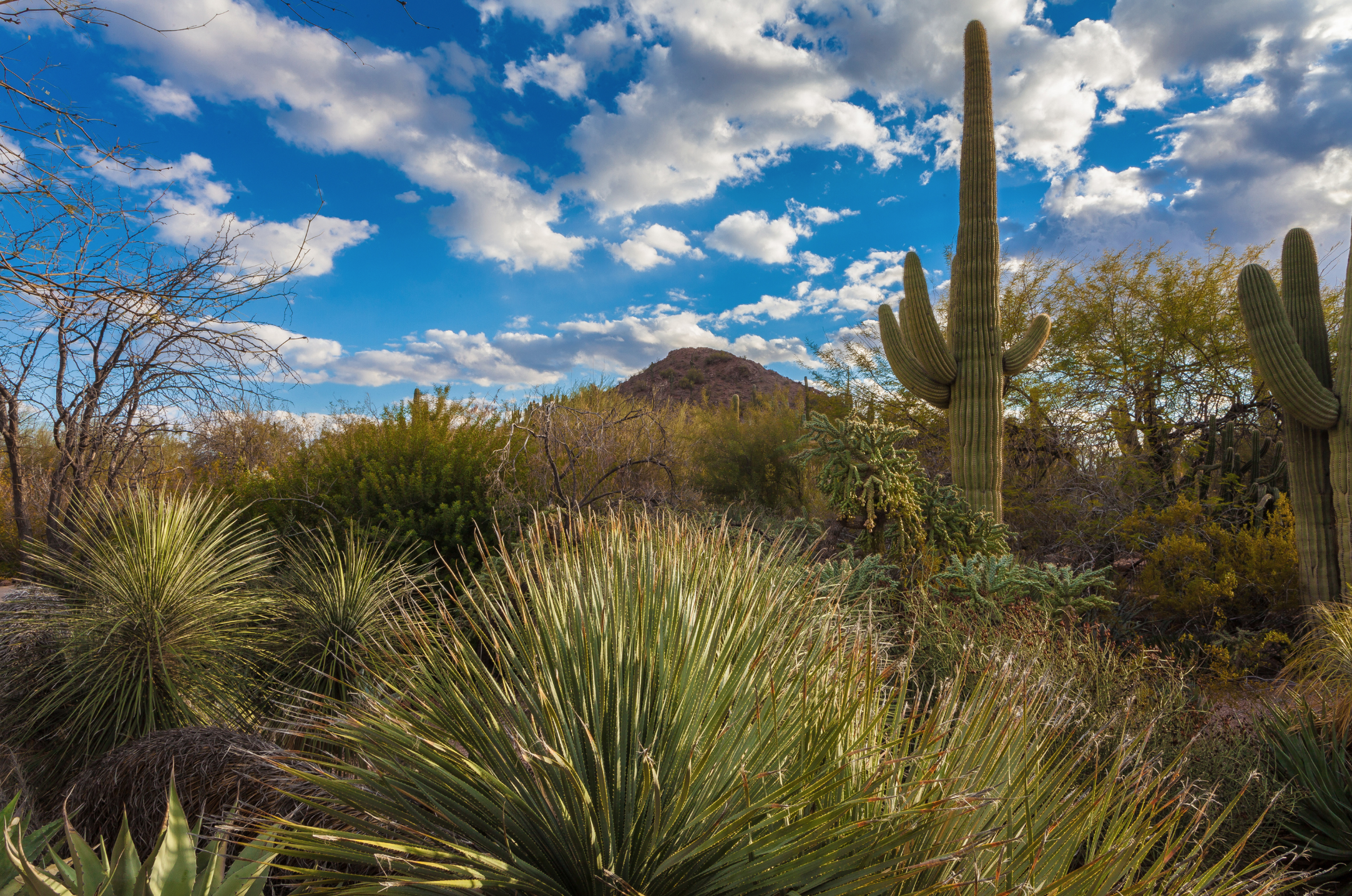
Desert Botanical Garden shares its 78 plus years of Sonoran gardening expertise through educational programs, workshops, and lectures.
Desert Botanical Garden
Desert Botanical Garden
1201 North Galvin Parkway
480-941-1225
This is an obvious one. The Desert Botanical Garden is located on 140 acres in Papago Park, and it offers a lot to do. Around since 1937, the garden hosts special events like the spring plant sale, research initiatives, onsite workshops like the Desert Landscape School, and such special activities as Birds in the Garden. Be sure to hit the Desert Discovery Loop Trail, wander the Sonoran Desert Nature Loop Trail, and come spring, walk the Harriet K. Maxwell Desert Wildflower Loop Trail. The Desert Botanical Garden is open daily from 8 a.m. to 8 p.m. October through April, and 7 a.m. to 8 p.m. May through September. Entry is $29.95.
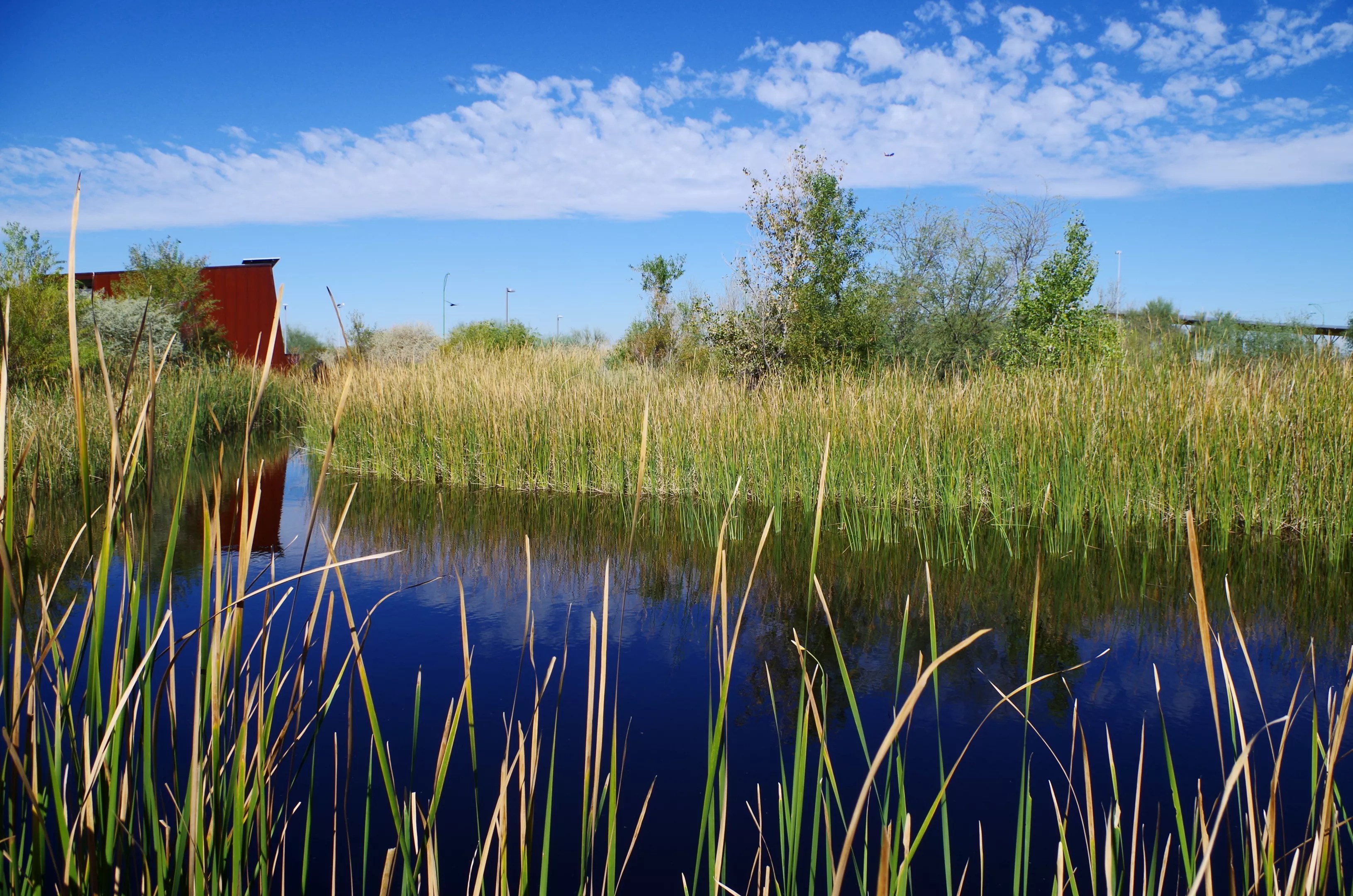
Nina Mason Pulliam Rio Salado Audubon Center
Chantal Duquette
Nina Mason Pulliam Rio Salado Audubon Center
3131 South Central Avenue
602-468-6470
The Nina Mason Pulliam Rio Salado Audubon Center is out to showcase real Arizona nature at work. Open since 2002, this 600-acre south Phoenix riparian habitat is home to more than 200 species of birds and wildlife, which is best seen by an interpretive loop trail. The Audubon Arizona also hosts special events like the Saturday Morning Bird Walk, Audubon Arizona Animal Encounters, and Birds n’ Beer. Rio Salado Audubon Center visitor hours are 8 a.m. to 1 p.m. Monday to Friday, June through September, and regular hours are 9 a.m. to 4 p.m. Tuesday to Friday and 9 a.m. to 1 p.m. on Saturday, September through May. Entry is free. (Editor’s note: The center is currently closed due to the pandemic. Check the website for updates.)
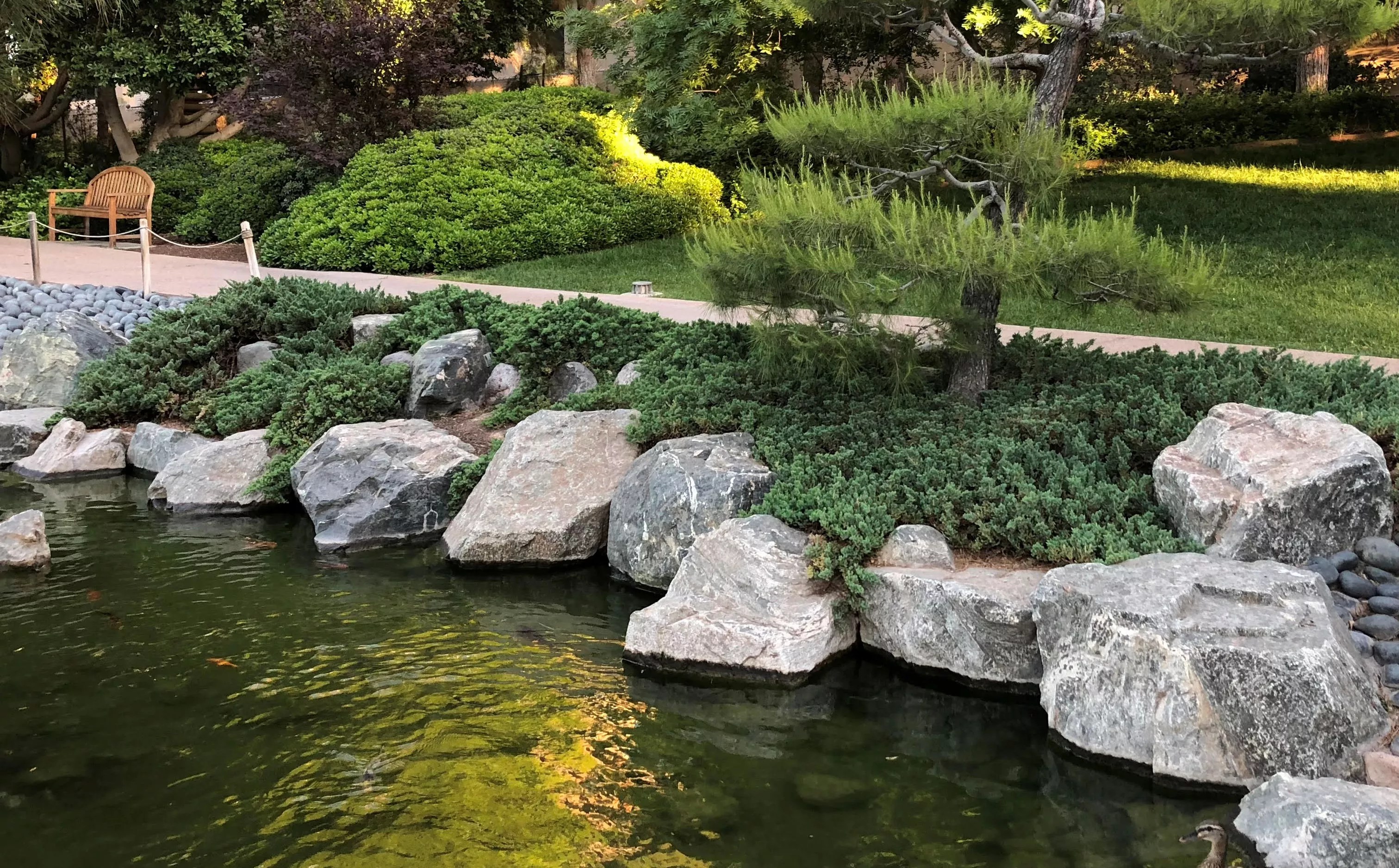
The Japanese Friendship Garden, or Ro Ho En, is a joint project between the city of Phoenix and its sister city Himeji, Japan.
Jennifer Goldberg
Ro Ho En
1125 North Third Avenue
602-274-8700
Spanning 3.5 acres, Ro Ho En – better known as the Japanese Friendship Garden – has been open to the public since 2002. The gardens have over 50 varieties of plants, as well as stone footbridges, glowing lanterns at night, a Koi pond with over 300 colorful fish, and a 12-foot waterfall. There’s also public tea ceremonies held on the third Saturday of the month from October through June. Ro Ho En offers both guided and self-guided tours, annual events like Otsukimi Full Moon-Viewing Festival, and tai chi classes. Garden hours are 10 a.m. to 4 p.m., Tuesday to Sunday from October through May, and the garden is closed from July to September. General admission is $10.

Day visitors may explore the grounds at the St. Anthony’s Greek Orthodox Monastery in Florence.
davidpinter/Wikipedia
St. Anthony’s Greek Orthodox Monastery
4784 North St. Joseph’s Way, Florence
520-868-3188
The St. Anthony’s Monastery was established by six monks in the summer of 1995, and the expansive grounds include a vegetable garden, a little vineyard, citrus orchards, an olive grove, and a network of gardens, gazebos, and Spanish-style fountains. Day visitors can see the grounds from 10:30 a.m. to 2:30 p.m. daily. There is also a gift shop, and photographs are permitted. Entry is free, but donations are accepted. And be sure to consider proper attire.
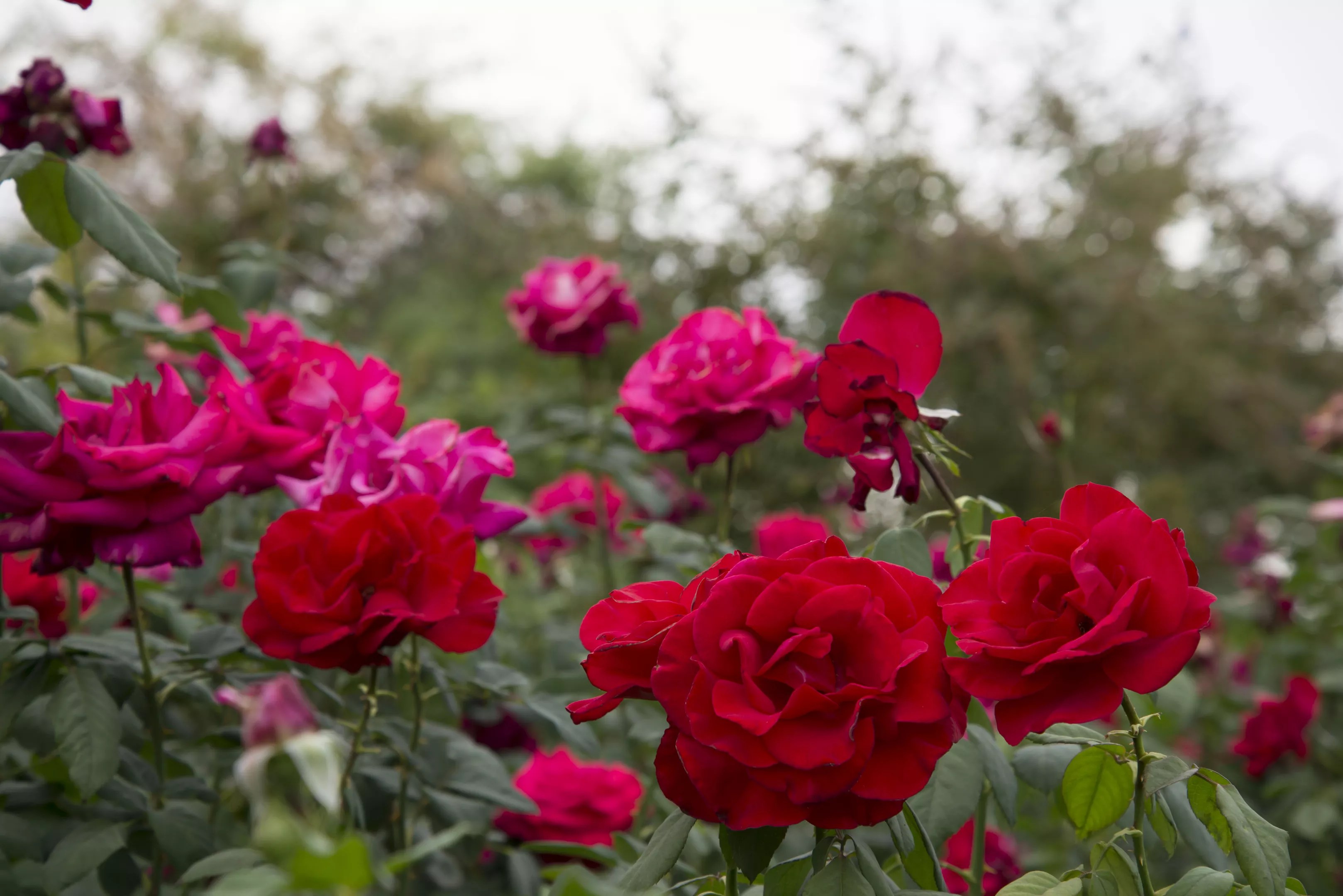
The Rose Garden at Mesa Community College is kind of an extraordinary sight.
Colin Sanders
The Rose Garden at Mesa Community College
1833 West Southern Avenue, Mesa
480-461-7022
The Rose Garden at Mesa Community College was founded in 1997 by Mesa Community College and the Mesa-East Valley Rose Society. There are 300 varieties of roses and more than 900 rose bushes in this East Valley garden. It’s also home to the Veterans Rose Garden – where you’ll find roughly 2,000 roses planted. It’s one of the only gardens in the Southwest to commemorate all service branches. Your best bet for seeing roses is from April through June, and October to December, either by self-guided or guided tours. (Avoid visiting during high pruning season.) As for hours, the public garden is always open to visitors, even if they aren’t students of the school. Entry is free. (Editor’s note: The garden is currently closed because of COVID-19. Check the website for updates.)
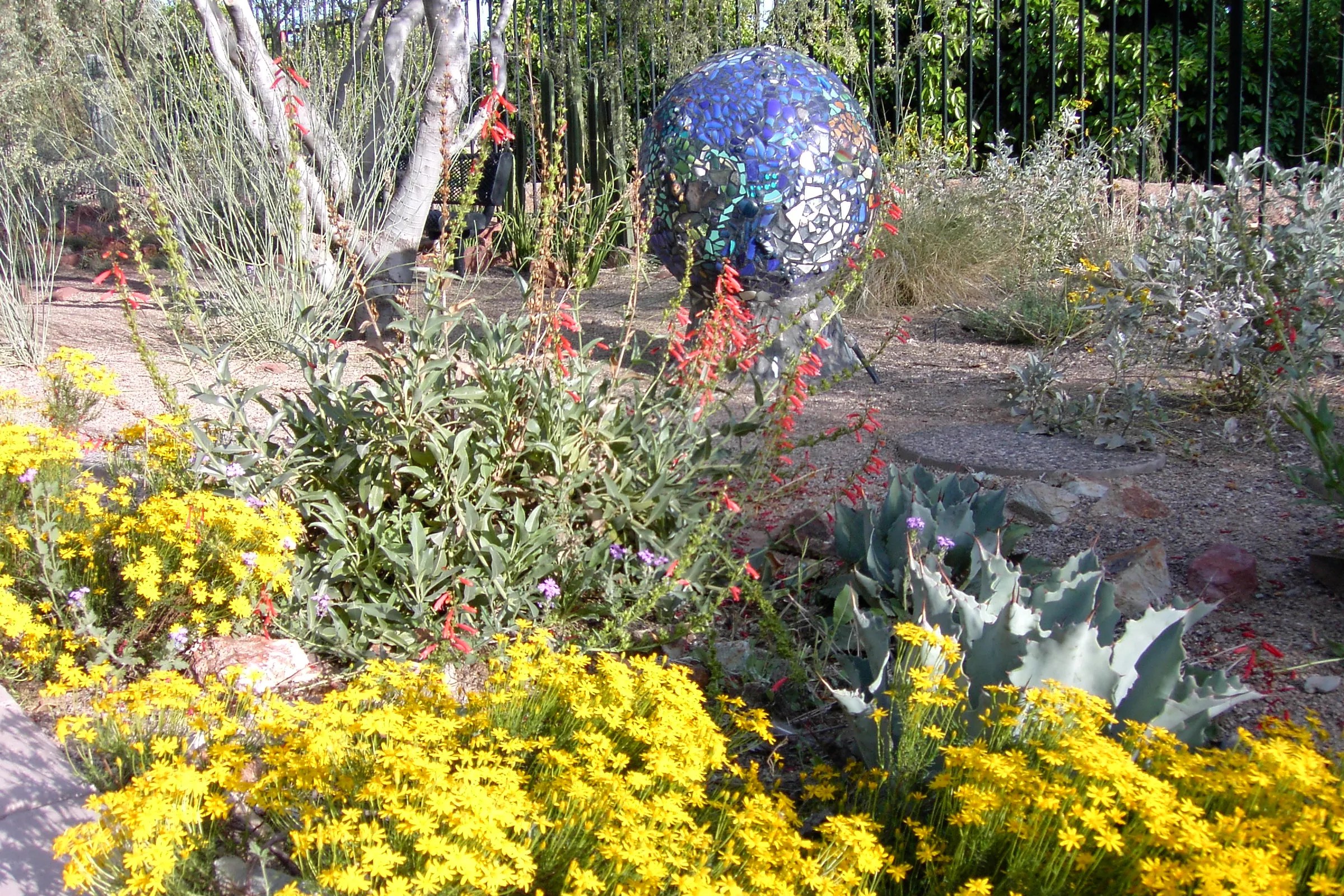
This west Valley garden covers four acres, and features 400 species of plants.
City of Glendale
City of Glendale Xeriscape Demonstration Garden
5959 West Brown Street, Glendale
623-930-3596
The four-acre City of Glendale Xeriscape Demonstration Garden sits aside the main branch of the Glendale Public Library – which pretty much makes a perfect pairing. The demonstration garden is home to 400 species of plants (mostly low-water-use plants are displayed), and all labeled with their botanical and common names. Specific gardens include the Habitat Garden, the Cactus Garden, the Glendale Rain Garden, and the Glendale Tree Trail. The garden is open daily to the public from dawn to dusk at no cost.